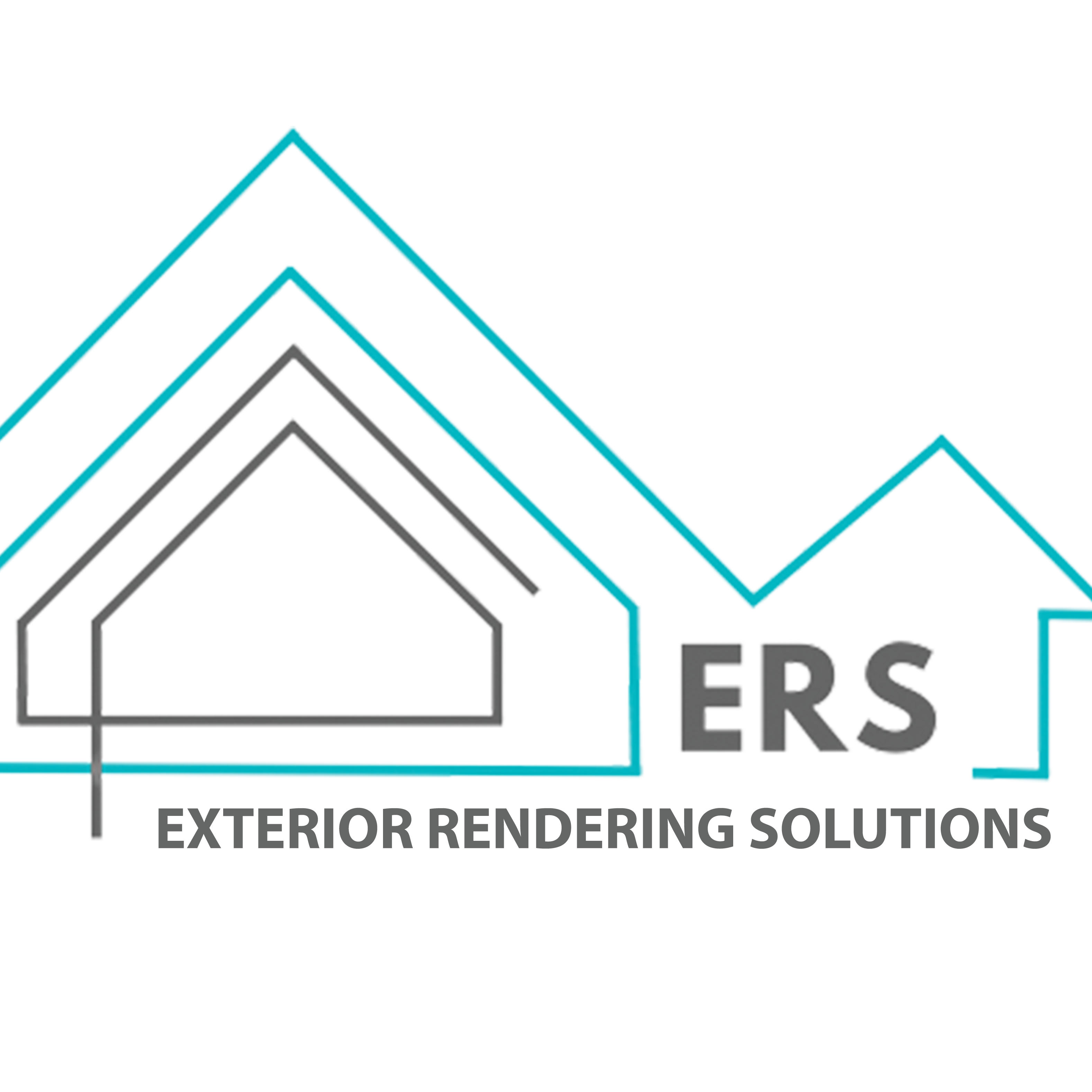Exterior Wall Insulation
At our company, we take great pride in our ability to effectively install Exterior Wall Insulation (EWI) systems. Our team of highly trained professionals possess the necessary skills and knowledge to expertly execute each step of the installation process with precision. We believe it is important to provide our clients with a technical breakdown of the EWI installation process. By doing so, we ensure that everyone involved is fully informed and understands the complexities involved. Overall, we are dedicated to ensuring that every EWI installation project is completed to the highest standard and meets or exceeds our clients’ expectations.
The Process
Stage One: Scaffolding and Protection
Our company takes security seriously, and we offer comprehensive protection for your windows and doors, ensuring that they remain undamaged and secure. Our team of professionals is dedicated to providing reliable and efficient services that meet our clients' needs and exceed their expectations. We understand the importance of maintaining your property's safety and integrity, and we go to great lengths to ensure that all our solutions are tailored to meet your unique requirements. With our expertise, you can trust us to help you keep your property safe and secure. Contact us today to learn more about our services and how we can help you protect your property.
Stage Three: Surface Preparation and Insulation Installation.
Surface Preparation: Any cracks, holes, or defects in the wall are repaired and filled to create a smooth and stable surface.
Insulation Board Installation: Once the wall surface is prepared, the insulation boards are installed. These boards are made from high-quality materials such as expanded polystyrene (EPS), mineral wool, or phenolic foam. They are securely fixed to the wall using adhesive mortar or mechanical fixings, ensuring proper alignment and coverage.
Insulation Fixings: Mechanical fixings, such as plastic wall plugs and screws, are used to provide additional support and stability to the insulation boards. These fixings are strategically placed at regular intervals to ensure the insulation remains firmly attached to the wall.
Insulation Joints and Sealing: Proper insulation joints are essential to maintain the integrity and effectiveness of the system. Joints between the insulation boards are sealed with an adhesive mortar or specialized sealant to prevent any air gaps or thermal bridging. This ensures a continuous insulation layer without any weak points.
Base Layer: The base layer is the initial layer applied directly onto the surface of the wall. It serves as a bonding agent between the wall and the roughcast. The base layer is typically a mixture of cement, sand, and additives that provide good adhesion and a solid foundation for the roughcast. It helps to create a strong bond with the substrate, ensuring that the roughcast adheres firmly to the wall surface.
Mesh: The mesh is a reinforcing material embedded within the base layer. It is typically made of fiberglass or metal and is applied across the surface of the base layer while it is still wet. The mesh adds tensile strength to the roughcast, helping to prevent cracking and delamination. It also improves the overall structural integrity of the coating, making it more resistant to impact and external forces.
50mm Pins: 50mm pins, also known as fixing pins or nails, are used to secure the mesh to the base layer and the underlying wall. These pins are driven through the mesh and into the wall substrate at regular intervals. The 50mm length ensures that the pins penetrate deep enough into the wall to provide a secure anchor for the mesh. The pins help to prevent the mesh from shifting or separating from the base layer during application and drying, ensuring that it remains firmly in place.
We also apply system beads at this stage. The system bead, typically made of PVC or metal, is then positioned along the edges and corners of the wall. It is important to ensure that the system bead is aligned straight and flush with the wall surface. This also allows the flexibility for the roughcasting to move without cracking and splitting.
Stage Two: Hammer Test & Removal of Blown Areas
The hammer test is a method used to assess the quality and durability of roughcasting. It involves tapping the surface of the roughcast with a hammer to evaluate its strength and integrity. During the test, a trained professional will lightly strike different areas of the roughcast surface to listen for a solid, consistent sound.
On the other hand, if the hammer test produces a hollow or inconsistent sound, it may indicate areas of poor adhesion or delamination within the roughcast.
This test is important because it allows us to tell what areas of your roughcast requires removal before proceeding with the re-render. Following the hammer test, we remove all blown areas of rendering and take it back to the brickwork so that we can then begin to build the new base layer.
Stage Four: Top Coat and Stone Coat Application
The application of a polymer-modified top coat and stone chip layer adds an extra layer of protection to the roughcast coating, making it more resistant to impact, weathering, and UV damage. The stone chips also contribute to the aesthetic appeal of the roughcast finish, providing a unique and textured appearance. Proper application techniques and quality materials are essential to achieve a durable and visually appealing result.
Polymer-Modified Top Coat: The polymer-modified top coat is a specialized mixture that combines cement, polymers, aggregates, and additives. This top coat provides enhanced flexibility, durability, and resistance to cracking compared to traditional cement-based coatings.
Stone Chip Application: Once the polymer-modified top coat is applied and smoothed, stone chips or aggregates are broadcasted onto the surface. These stone chips can vary in size and color, adding texture and visual interest to the finished roughcast coating.
